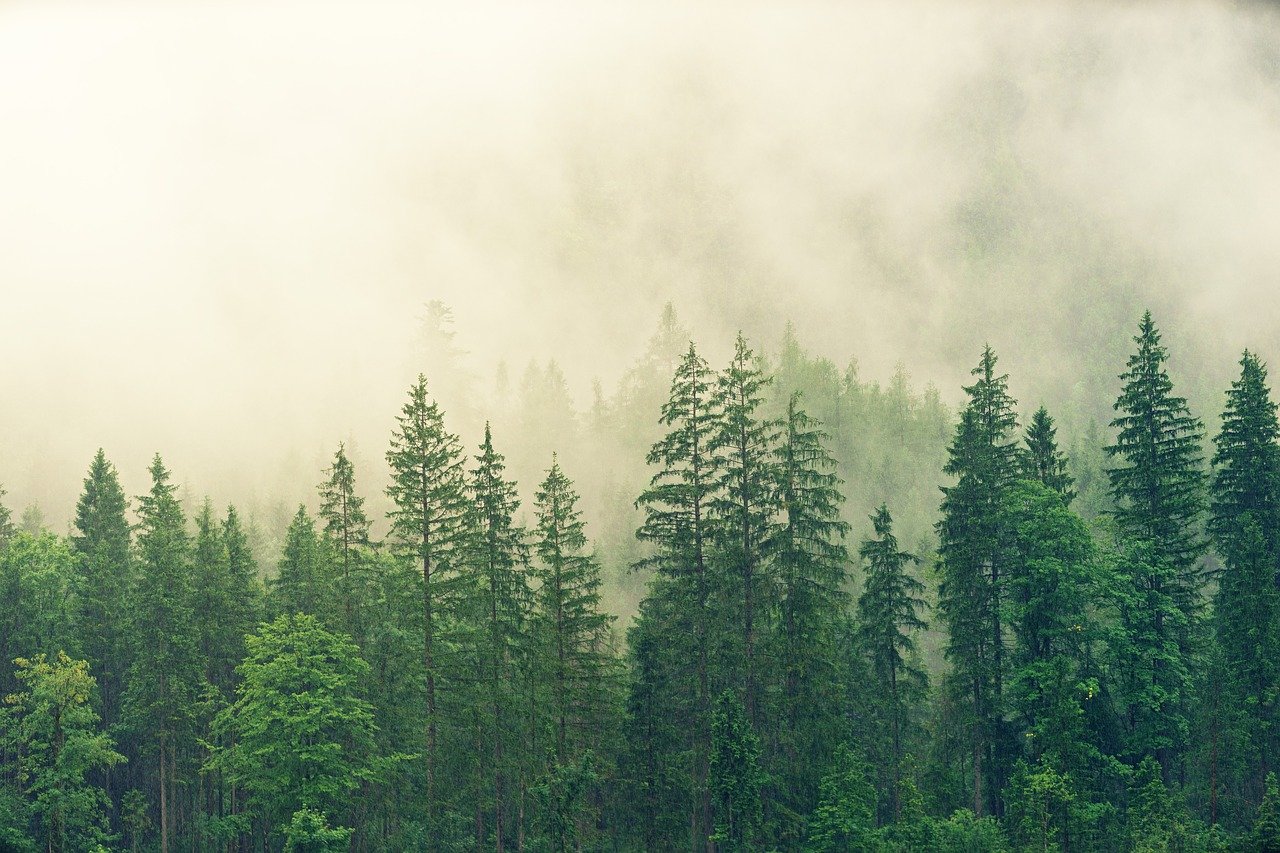
Pre-reading questions:
I will read each question. Then, please answer them.
- What Earth element do you think is unexplored?
- What is liquid gold?
Vocabulary:
I will read the words, meanings, and sample sentences. Then, repeat after me.
- potential /puh-TEN-shuhl/
- rural /ROOR-uhl /
- emerge /ih-MURJ/
- treat /treet/
- policy /POL-uh-see/
[adjective] – able to develop into something in the future when the necessary conditions exist
It’s believed that a number of potential purchasers have expressed interest.
[adjective] – in, of, or like the countryside
The area is still undeveloped and rural.
[verb] – to appear by coming out of something or out from behind something
The flowers emerge in the spring.
[verb] – to use drugs, exercises, etc. to cure a person of a disease or heal an injury
He is being treated for a rare skin condition.
[noun] – a set of ideas or a plan of what to do in particular situations that has been agreed to officially by a group of people, a business organization, a government, or a political party
The policy of the government was criticized.
Article reading:
Please read the whole article. Then, I will check your pronunciation and intonation.
For decades, people have been tapping pine trees to gather resin. However, residents in one Spanish province believe that this centuries-old technique has the potential to save rural settlements while also improving the environment.
In the provinces of Segovia, Vila, and Valladolid, a quite diverse ecology emerges. Between the Tierra de Pinares and Sierra de Gredos mountain ranges, a thick, 400,000-hectare protected forest of fragrant resin pines stretches up into the mountainous folds. At the right time of year, you could see workers extracting pine resin from tree trunks. Pine resin has been used by various societies for thousands of years. It was used to waterproof ships, treat burns, and light torches, among other things – in ancient times it was also used as a disinfectant. Technology and industry helped turn the thick, viable, milky sap into plastics, varnishes, glues, tires, rubber, turpentine, and even food additives in the mid-nineteenth century.
To get the rich sap, workers around the region began hacking into the bark of resin pine trees. Blanca Rodrguez-Chaves, vice dean of the Faculty of Law at the Autonomous University of Madrid and a specialist in environmental policies, believes that by attracting more young people to live and work in these rural communities, the region’s ecotourism will flourish, with more businesses offering guided forest hikes and local museums to host resin workshops.
In the provinces of Segovia, Vila, and Valladolid, a quite diverse ecology emerges. Between the Tierra de Pinares and Sierra de Gredos mountain ranges, a thick, 400,000-hectare protected forest of fragrant resin pines stretches up into the mountainous folds. At the right time of year, you could see workers extracting pine resin from tree trunks. Pine resin has been used by various societies for thousands of years. It was used to waterproof ships, treat burns, and light torches, among other things – in ancient times it was also used as a disinfectant. Technology and industry helped turn the thick, viable, milky sap into plastics, varnishes, glues, tires, rubber, turpentine, and even food additives in the mid-nineteenth century.
To get the rich sap, workers around the region began hacking into the bark of resin pine trees. Blanca Rodrguez-Chaves, vice dean of the Faculty of Law at the Autonomous University of Madrid and a specialist in environmental policies, believes that by attracting more young people to live and work in these rural communities, the region’s ecotourism will flourish, with more businesses offering guided forest hikes and local museums to host resin workshops.
Comprehension questions
I will read each question. Then, please answer them based on the article.
- What has the potential to save rural settlements while also improving the environment?
- What has been used by various societies for thousands of years?
- What did technology and industry do to pine resin?
- Who is Blanca Rodrguez-Chaves?
- According to Blanca Rodrguez-Chaves, how will the region’s ecotourism flourish?
Discussion questions
I will read each question. Then, please answer them.
- What thing do you know that has commercial value? Could you tell me more about it?
- Do you like hiking? Why or why not?
- If you could, would you like to have a company that offers liquid gold as your primary product? Why or why not?
- Do you believe with Blanca Rodríguez-Chaves’s statement?
- What do you think of Blanca Rodríguez-Chaves’s opinion? Please elaborate on your answer.